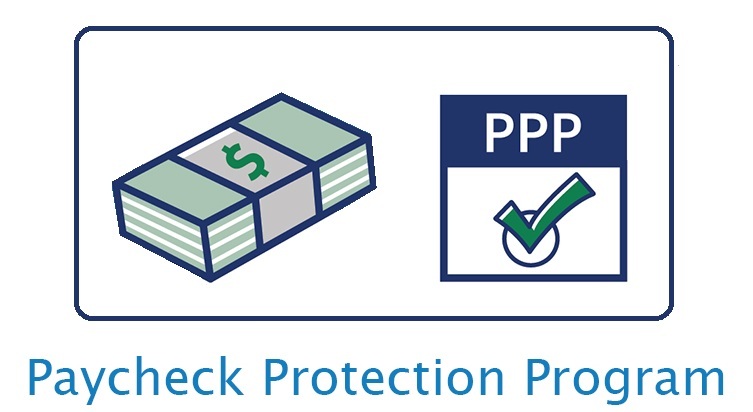Paycheck Protection Program loans or PPP loans are loans created in response to the COVID-19 virus that incentivize small businesses to keep their workers on the payroll. These loans will be forgiven if the small business can demonstrate that the loan was used to pay for payroll, rent, or utilities for a period of eight weeks. With any new government loan, small businesses will have questions. In this article, we cover the basics of what you need to know about PPP loans.
How Can I Get 100% of my PPP Loan Forgiven?
COVID-19 has had a huge impact on small businesses, and so PPP loans were created to ensure that businesses had the funds to keep their employees paid during the quarantine. Due to this, there is a specific list of criteria that one must go through to make sure that they get the maximum debt forgiveness for the PPP. All expenses need to be documented, and changes in employment and salary may also have an impact on potential loan forgiveness. Although 100% PPP loan forgiveness may not be realistic, complying with this list of criteria will help maximize your loan forgiveness potential:
- Expenditures made in the 8 Weeks Following the Loan: To qualify for forgiveness, the loan needs to have been spent on operating costs for the business, separated into payroll and non-payroll expenses. Payroll expenses are defined as salaries, wages, taxes, benefits, and vacation time, whereas non-payroll refers to mortgage, rent or utility costs of the business. Keep records from the day that the loan has disbursed for 8 weeks.
- Reductions in Wages and Reductions in Staffing: For each employee that earned less than $100,000 whose wages were reduced by more than 25%, their employer’s maximum loan forgiveness will be reduced. The amount is determined by the reduction in pay. Reductions in staffing and full-time employment hours can also impact loan forgiveness. For example, if you reduce your number of full-time employees after taking a loan, you may be in jeopardy of repaying a good portion of said loan. However, “good faith” exemptions do exist for employers who can show that they have either (a) made an attempt to use PPP money to rehire a laid-off employee, or (b) that employees attempted to be rehired refused the offer.
- The 75% Rule: Previously, employers who spent 75% of loan funds on employers with the remainder put towards non-payroll expenses qualified for a higher amount of loan forgiveness. As of June 11th, 2020, the SBA has relaxed guidelines so that those businesses who have managed a 60% payroll and 40% non-payroll expenditure also qualify for partial loan forgiveness, rather than going into repayment.
What happens if the PPP loan is not forgiven?
Initially, PPP loans that were not forgiven were given a standard two-year lease term with a 1% interest rate, with no prepayment fees or penalties. As of June 11, 2020, these loan conditions were modified to instead allow businesses five years to repay the loan, also at a 1% interest rate. Previously, those who did not qualify for loan forgiveness were able to defer loan payments for 6 months after the date of the loan, but recent adjustments have changed that to allow businesses 10 months before they are required to begin repaying the loan.
If your application for loan forgiveness was denied due to PPP eligibility requirements, be sure to double-check your application to make sure all of the information is correct. If you believe that there was a mistake, you can submit a corrected application.
Can I lay off employees after the PPP covered period?
If your PPP funds run out and your business has a poor financial situation after the 24-week period, then you are allowed to lay off employees. These employees will qualify for unemployment benefits. If you do choose to lay off employees, however, it is important to remember to wait until after the 24-week period has ended, otherwise, you may reduce the potential maximum amount of loan forgiveness you qualify for.
What happens if you don’t satisfy the PPP payroll expense requirements?
The biggest risk of not ensuring that proper PPP payroll expense requirements are being met is the likely reduction in your business potential maximum loan forgiveness. Unless you have at least the 60% PPP payroll expense coming from your PPP funds, you will not qualify for either partial or full loan forgiveness. This means you will be responsible for paying back the loan in full over its term.
How can MBM Law help with PPP loan forgiveness?
For many small businesses, handling the complications of managing PPP expenditures can be a major hurdle, especially in the wake of Covid-19. Determining your expenditures and what size loan you’ll need, maximizing your potential loan forgiveness, managing employees’ benefits, and navigating uncertain new laws and regulations are all new challenges for employers. At MBM Law, our skilled team of attorneys can help any sized business past these issues and ensure your compliance with the law.


